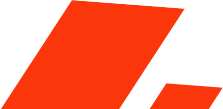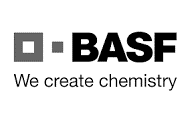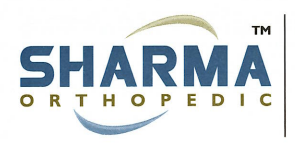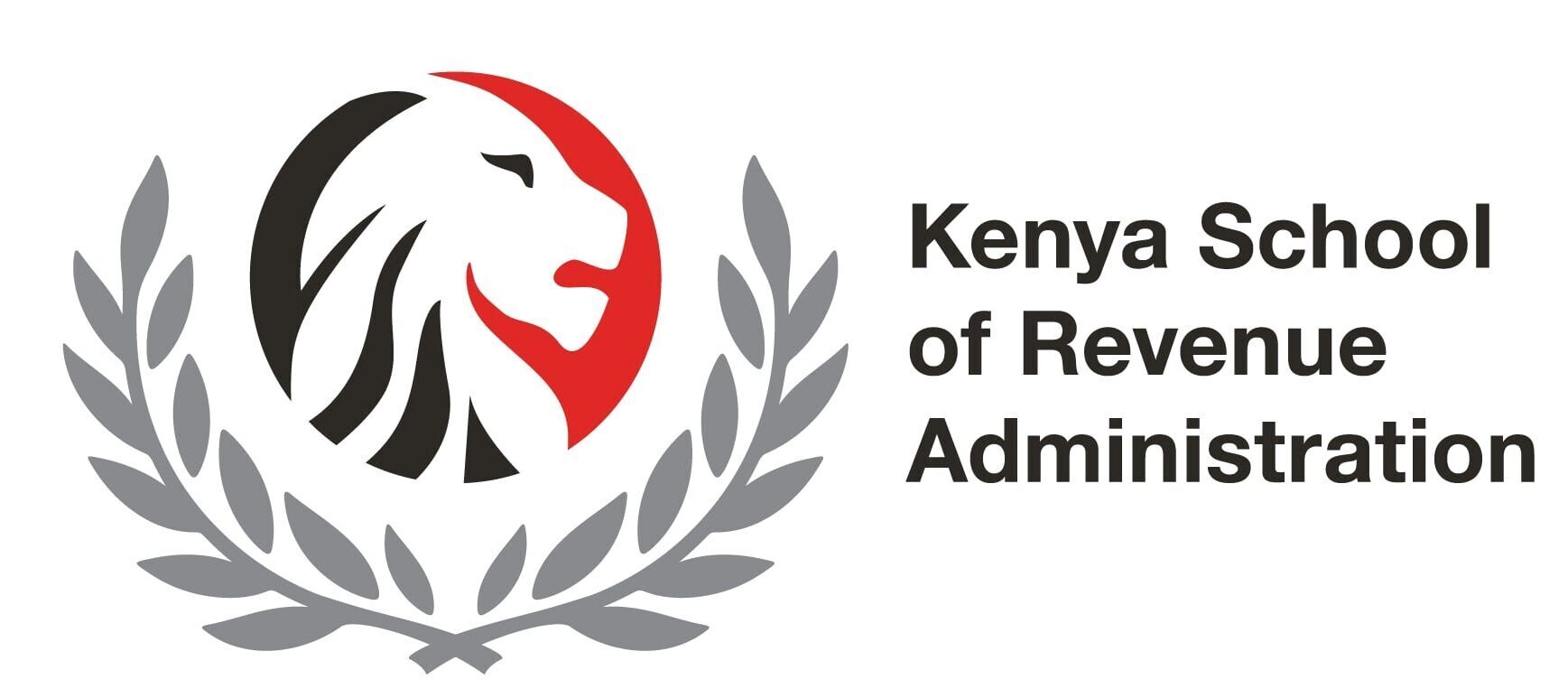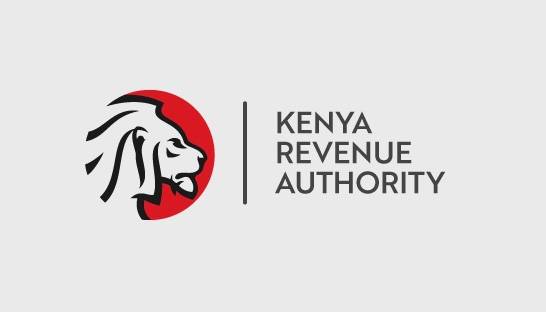Rule 3 of HS Classification
When by application of Rule 2 (b) or for any other reason, goods are prima facie, classifiable under two or more headings, classification shall be affected as follows:(a) The heading which provides the most specific description shall be preferred to headings providing a more general description. However, when two or more headings each refer to part only of the materials or substances contained in mixed or composite goods or to part only of the items in a set put up for retail sale, those headings are to be regarded as equally specific in relation to those goods, even if one of them gives a more complete or precise description of the goods.
8th March 2022
The Commissioner, Customs and Border Control
Kenya Revenue Authority
P.O Box 48240
Nairobi
Dear Madam
REF: Objection to KRAs Proposed HS ofClassification of Safety Harness
We refer to your letters REF:xxxxxxxxx, dated 3rd December 2021 and xxxxxxxxx-1 of 31st January 2022 and our response xxxxxxxx dated, 28th January 2022. A meeting was held at the KRA offices on the 27th, January 2022, to further clarify the functions of the safety harness.
We are writing to object to that classification under section 229 of EACCMA. for the following reasons.
Reasons for Objection
The major issue for determination is the principal function of the safety harness.
Description and Functions of the Safety Harness
The products in question are (Safety Belts and Harnesses) used for Height safety and lifesaving needs and purposes and they are mandatory for use in high scaled buildings, towers, structures et all; to safeguard the lives of the builders. Their purpose is to save lives and provide safety to workers on Construction sites, Industries, Mining, Drilling and other areas of working at Height.
From the descriptions below and image (1) it is clear the major function of the harness is safety.
Description 1 of a model Safety Harness
Five aluminum D ring safety belt contains one back D ring, two waist D rings and two shoulder D rings. It is applied to fall brake, the ladder protection, limit position, fixed position, emergency escape, etc. We have greatly promoted the comfort of fixed position and emergency escape by increasing the ergonomic support in the waist belt. We choose quick adjusting button on chest and hip part. You can quickly adjust tightness by press the button gently. Our products are widely applied in construction, industrial, oil and gas industry, chemical, transportation, mining industry, electricity, Telecommunications, fire protection and many other fields.
Features:
- Made up to high tenacity polyester
- 1 back D-ring for fall arrest; 2 D-ring at the waist level for positioning
- 5-point adjustability
- Chest strap and leg straps are provided with pass thru buckles for easy adjustment
- Lanyard keepers on the shoulder straps for placement of free lanyard
- Ideally positioned butt-strap for extended comfort
- Comes with dual colour scheme for easy differentiation of the shoulder and leg straps
- Equipped with fall indictor on shoulder strap.
Description 2 of a model Safety Harness
1.Made up to high tenacity polyester 2.1 back D-ring for fall arrest; 2 D-ring at the waist level for positioning 3.5-point adjustability 4.Chest strap and leg straps are provided with pass thru buckles for easy adjustment 5. Lanyard keepers on the shoulder straps for placement of free lanyard 6.Ideally positioned butt-strap for extended comfort 7.Comes with dual colour scheme for easy differentiation of the shoulder and leg straps 8.Equipped with fall indictor on shoulder strap.
Features:
- Made up to high tenacity polyester
- 1 back D-ring for fall arrest; 2 D-ring at the waist level for positioning
- 5-point adjustability
- Chest strap and leg straps are provided with pass thru buckles for easy adjustment
- Lanyard keepers on the shoulder straps for placement of free lanyard
- Ideally positioned butt-strap for extended comfort
- Comes with dual colour scheme for easy differentiation of the shoulder and leg straps
- Equipped with fall indictor on shoulder strap.
There are many different models and variations in style, but in its simplest form, a safety harness is a system of restraints designed to prevent the user from falling from a height. Safety harnesses also greatly reduce the risk of injury if they were to fall from height.
A safety harness is a pretty simple piece of equipment. There are many different models and variations in style, but in its simplest form, a safety harness is a system of restraints designed to prevent the user from falling from a height. Safety harnesses also greatly reduce the risk of injury if they were to fall from height.
Once the user is wearing the harness, they attach it to a solid, stationary object. Should they fall for whatever reason, the harness and the fall protection system will prevent them from contacting the ground.
When used correctly, your fall protection system (your safety harness is part of that) will prevent injuries and ultimately, save lives. Working from height is one of the most dangerous aspects of industrial work and, sadly, claims live every single year. Safety harnesses, when combined with sufficient working at height practice, reduce the likelihood of an incident occurring.
When working at heights, your safety harness is vitally important! It’s the piece of equipment that will prevent you from falling from a height. A safety harness allows you to attach yourself to an immovable object, thus ensuring you will not hit the ground if you trip or fall from height. Falling from height is one of the main causes of injury in the workplace, and therefore, it’s paramount that you’re equipped with the correct equipment.
The full body safety harness is a key part of an active fall arrest system. The harness serves two purposes: first, distributing fall forces safely across a worker’s body in the event of a free fall, and second, providing freedom of movement sufficient to allow the worker to effectively perform his or her job. The full body harness combines the features of a sit harness, which supports the hips and upper legs, and a chest harness, which supports the shoulders and chest. When properly used, the full body design contains the human torso and aides in keeping it upright during a fall event.
Full body safety harnesses are manufactured from different types of fabric webbing that are sewn together to into various configurations or straps. Common harness webbing fabrics include nylon and polyester. Specialty fabrics like Kevlar are used for harnesses used in hazardous applications like welding and arc flash environments. The harness straps are tightened to the body with buckles. Common harness buckles include tongue, quick attachment, and spring tension buckles. A standard full body harness has straps and buckles that tighten around the shoulders, legs, and chest.
Full body safety harnesses are also designed with one or more attachment points. The attachment point can be a critical fall arrest system link like a back D-ring, or it can be a keeper for a lanyard that’s not in use. Attachment points are sewn into the harness webbing and can be made of stamped or forged metal, or plastic. The location of the attachment point is dependent upon the type of harness and what application it will be used in.
Standard fall arrest harnesses provide a single D-ring attachment on the back. This allows for attachment of a fall arrest lanyard and helps to keep the body upright during a fall event. Harnesses used in work positioning are designed with side D-rings which allow for easy attachment of positioning lanyards. Harnesses used in vertical fall protection systems allow for a guided fall arrester to be connected to a front D-ring.
All fully body safety harnesses have a rated capacity, or weight limit for the potential user. The rated capacity includes the harness components, the worker’s clothing, and any gear the worker will be using on the job. The capacity is specific to each make and model of harness, with the typical range being between 130-310 pounds. This capacity range comes from the ANSI equipment regulation that defines performance requirements for harnesses (note that there is no OSHA requirement for harness performance requirements). This means that ANSI rated harnesses on the market are for capacities only falling between 130 and 310 pounds.
There are safety companies manufacturing harnesses with capacities higher than 310 pounds, but these harnesses are technically not ANSI rated. Harness capacities should never be exceeded, because of the serious safety concerns that could occur during the arrest of a free fall. A fallen worker wearing a harness with a capacity that is either too low or too high could experience significant injury or death.
Choosing the right harness for each job and each worker is important. Application requirements, size, weight limit, number of attachment points, worker comfort, and freedom of worker movement while in the harness are all factors that must be considered when selecting a full body harness.
FUNCTIONS OF LIFE JACKET
What is it for? Life jackets are designed to keep you afloat in water. They will automatically turn you into a face-up position, keeping your mouth and nostrils clear of the water to prevent the risk of drowning. This is particularly important if, for any reason, you are unconscious when you fall into the water.
Lifejackets work on the principle of buoyancy, i.e., the amount of water displaced by an object is equal to its weight. This implies that when a person is in the water, the buoyancy force created is equal to the weight of the person. A Lifejacket, however, is made of lightweight form that weighs much less than the average weight density of human beings. As a result, when a person is wearing a Lifejacket, the total weight to be displaced by the water is much less as compared to the weight of the person alone, and so the person floats.
It is important to wear a jacket that fits well, protects the person from injuries due to impact, and ensures maximum safety till further help arrives, even in rough sea conditions.
FUNCTIONS OF LIFE BELT
Belt attaching you to some object as a restraint in order to prevent you from getting hurt
The principal function of the safety harness is, therefore, safety. The principal function of the Life Jacket and Life Belt is safety. The WCO cannot list all possible traded worldwide on the HS by name. It gives us rules 1 to 6 of classification to guide us on the classification of any article.
Rule 3 of HS Classification
When by application of Rule 2 (b) or for any other reason, goods are prima facie, classifiable under two or more headings, classification shall be affected as follows:
(a) The heading which provides the most specific description shall be preferred to headings providing a more general description. However, when two or more headings each refer to part only of the materials or substances contained in mixed or composite goods or to part only of the items in a set put up for retail sale, those headings are to be regarded as equally specific in relation to those goods, even if one of them gives a more complete or precise description of the goods.
(b) Mixtures, composite goods consisting of different materials or made up of different components, and goods put up in sets for retail sale, which cannot be classified by reference to 3 (a), shall be classified as if they consisted of the material or component which gives them their essential character, insofar as this criterion is applicable
(c) When goods cannot be classified by reference to 3 (a) or 3 (b), they shall be classified under the heading which occurs last in numerical order among those which equally merit consideration
Explanatory Notes to Rule 3
(I) This Rule provides three methods of classifying goods which, prima facie, fall under two or more headings, either under the terms of Rule 2 (b) or for any other reason. These methods operate in the order in which they are set out in the Rule. Thus Rule 3 (b) operates only if Rule 3 (a) fails in classification, and if both Rules 3 (a) and (b) fail, Rule 3 (c) will apply. The order of priority is therefore (a) specific description; (b) essential character; (c) heading which occurs last in numerical order.
(II) The Rule can only take effect provided the terms of headings or Section or Chapter Notes do not otherwise require. For instance, Note 4 (B) to Chapter 97 requires that goods covered both by the description in one of the headings 97.01 to 97.05 and by the description in heading 97.06 shall be classified in one of the former headings. Such goods are to be classified according to Note 4 (B) to Chapter 97 and not according to this Rule.
RULE 3 ( a)
(III) The first method of classification is provided in Rule 3 (a), under which the heading which provides the most specific description of the goods is to be preferred to a heading which provides a more general description.
(IV) It is not practicable to lay down hard and fast rules by which to determine whether one heading more specifically describes the goods than another, but in general it may be said that :
(a) A description by name is more specific than a description by class (e.g., shavers and hair clippers, with self-contained electric motor, are classified in heading 85.10 and not in heading 84.67 as tools for working in the hand with self-contained electric motor or in heading 85.09 as electromechanical domestic appliances with self-contained electric motor).
(b) If the goods answer to a description which more clearly identifies them, that description is more specific than one where identification is less complete.
Examples of the latter category of goods are :
(1) Tufted textile carpets, identifiable for use in motor cars, which are to be classified not as accessories of motor cars in heading 87.08 but in heading 57.03, where they are more specifically described as carpets.
(2) Unframed safety glass consisting of toughened or laminated glass, shaped and identifiable for use in aeroplanes, which is to be classified not in heading 88.03 as parts of goods of heading 88.01 or 88.02 but in heading 70.07, where it is more specifically described as safety glass.
(V) However, when two or more headings each refer to part only of the materials or substances contained in mixed or composite goods or to part only of the items in a set put up for retail sale, those headings are to be regarded as equally specific in relation to those goods, even if one of them gives a more complete or precise description than the others. In such cases, the classification of the goods shall be determined by Rule 3 (b) or 3 (c).
RULE 3 (c)
(XII) When goods cannot be classified by reference to Rule 3 (a) or 3 (b), they are to be classified in the heading which occurs last in numerical order among those which equally merit consideration in determining their classification.
Analysis of Rule 3 in relation to Safety Harness
The safety harness is classifiable under sub-headings 6307.20 or 6307.90. Therefore rule 3 comes into play. There most specific description of the item in heading 63.07 is 6307.20 which talks of safety equipment. We then proceed to the essential character. The essential character of the article is to impart safety. Articles whose major function is safety including Lifejackets, Lifebelts are listed in sub-heading 6307.20. We have illustrated the functions of the safety harness, Life jacket and Life Belts. Their major function is to prevent injury in the case of water and in the working environment. Please take note that a fall from a Highrise building, without a safety harness, will probably result in death, which is the same result that happens in water without a Life Jacket or Life Belt. Our implication is that the WCO intention was ‘’where do we classify, articles that ensure safety’’. Therefore, the idea of subheading 6307.20. Please note that in the whole Nomenclature all safety articles are zero rated. Safety Seat Belts(8708.21.00), Airbags(8708.95.00), Safety Headgear(6506.10.00), Miners Safety Lamps(8513.10.10),
HEADING 63.07 NOTES
63.07 – Other made-up articles, including dress patterns.
6307.10 – Floorcloths, dishcloths, dusters, and similar cleaning cloths
6307.20 – Lifejackets and lifebelts
6307.90 – Other
This heading covers made up articles of any textile material which are not included more
specifically in other headings of Section XI or elsewhere in the Nomenclature. It includes, in particular :
(2) Lifejackets and lifebelts.
(15) Belts which, although worn around the waist, do not have the character of belts of heading 62.17, e.g., belts for occupational use (electricians’, aviators’, parachutists’, etc.); webbing carrier straps and similar articles. (Straps having the character of articles of saddlery or harness are excluded – heading 42.01.)
(16) Carry cots, portable cradles, and similar carriers for children. Infants’ seats of the type intended to be hooked, for example, over the backs of car seats are excluded (heading 94.01).
(26) Support articles of the kind referred to in Note 1 (b) to Chapter 90 for joints (e.g., knees, ankles, elbows, or wrists) or muscles (e.g., thigh muscles), other than those falling in other headings of Section XI.
(27) Nonwoven articles, cut to a specific shape, coated on one side with an adhesive protected
by a sheet of paper or other material and designed to adhere around the lower part of the
breast in order to form or shape the breast.
Analysis of Heading 6307 Notes
(15) Belts which, although worn around the waist, do not have the character of belts of heading 62.17, e.g., belts for occupational use (electricians’, aviators’, parachutists’, etc.); webbing carrier straps and similar articles. (Straps having the character of articles of saddlery or harness are excluded – heading 42.01.)
Note the definition of belts, worn around the waist, belts for occupational use, therefore safety harnesses are precisely described as a belt under heading 6307, Belts are classified under 6307.20, therefore the same applies to safety Harness, which is a belt.
We have been referred to the Tax Tribunal, if there is any further objection to this matter. Due to the firm conviction of the accuracy of our classification of this item, we wish to request for a review of this matter by the Tax Dispute Resolution Division
Yours faithfully
Janron Consult
—————————————————————————————————————————————–
Janron Consult, Tax Consultant Kenya, Customs Tax Consultant Kenya, Tax Advisory Kenya
Talk to Janron Consult for the following:
Ministry of Health Exemptions
Treasury Exemptions
Advance Ruling Application to KRA
Objection to KRA Rulings on Customs Value
Objections to KRA Rulings on HS Classification


